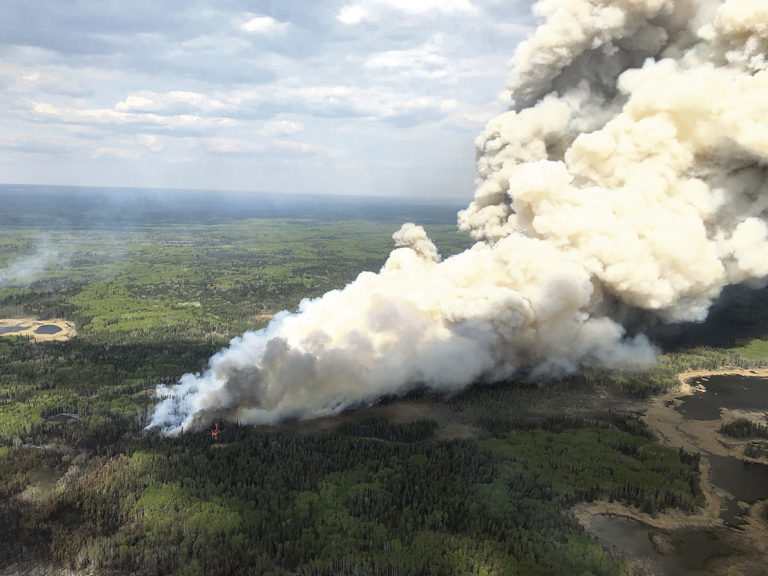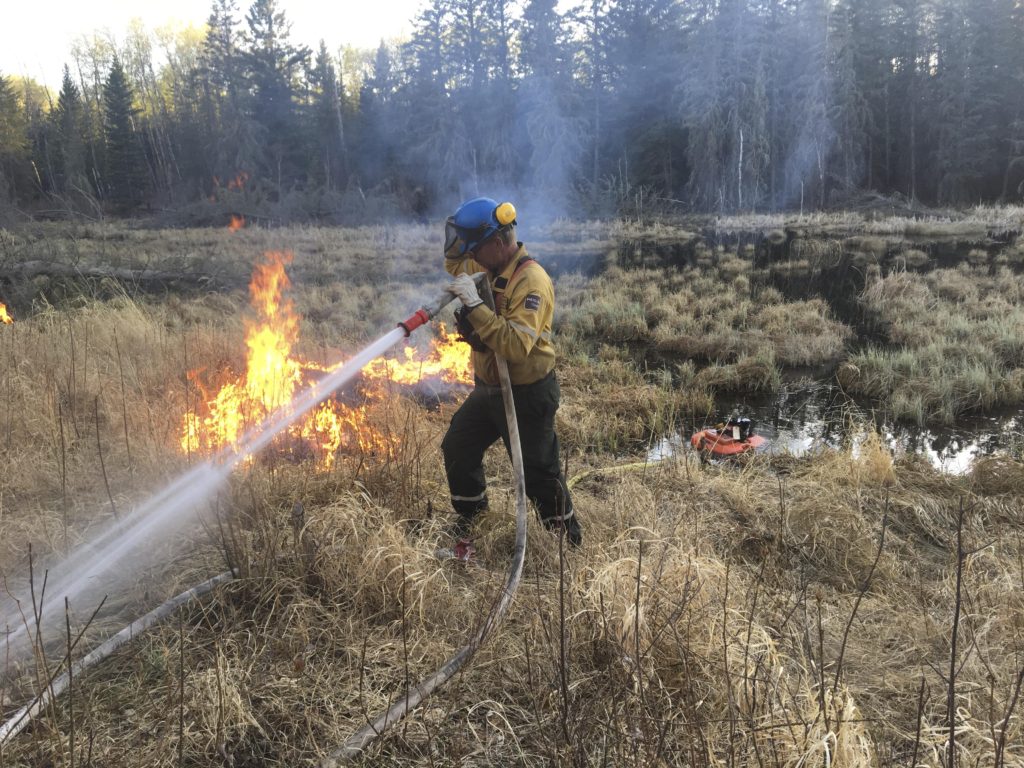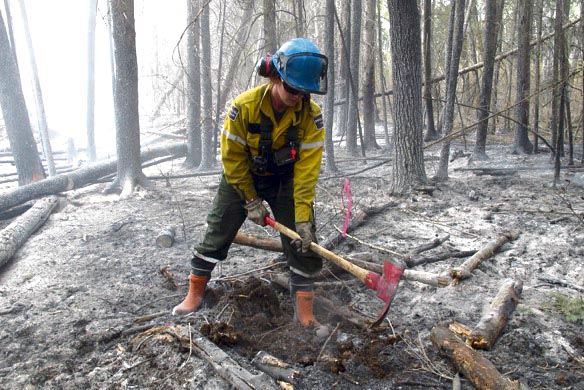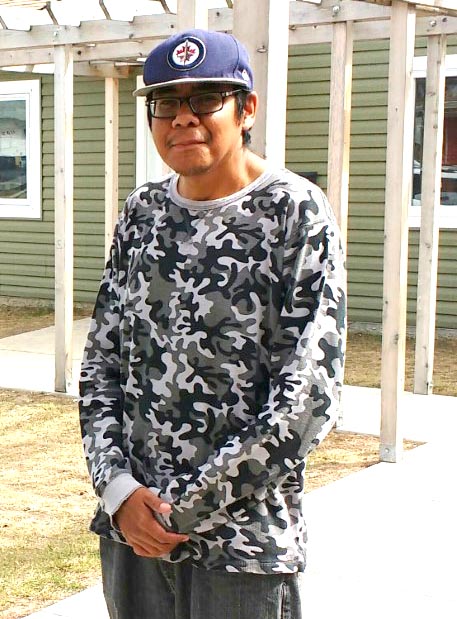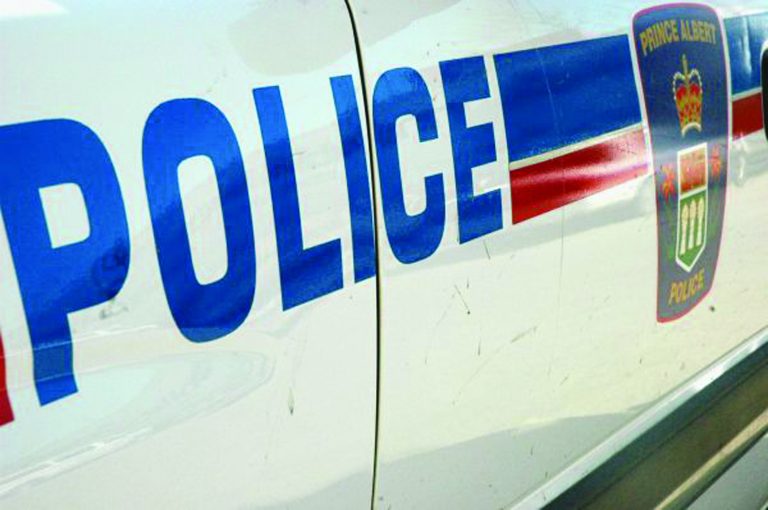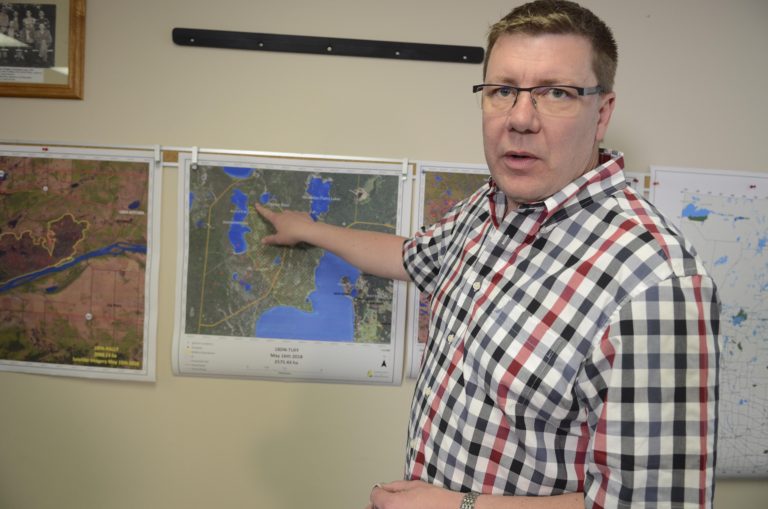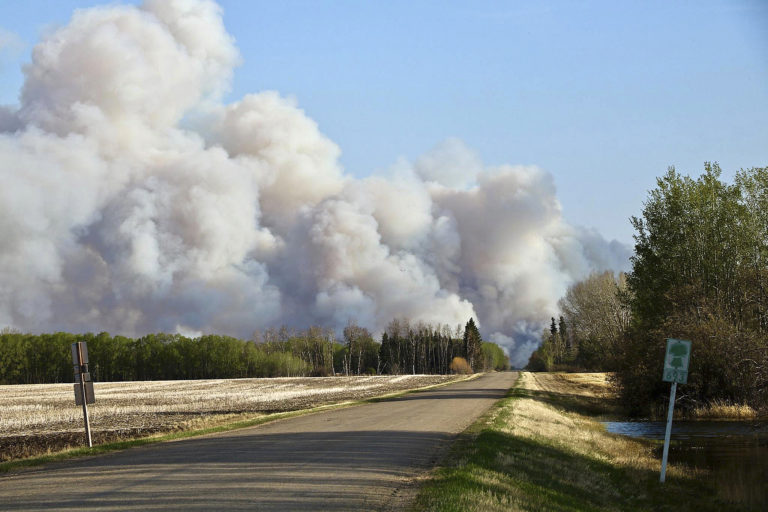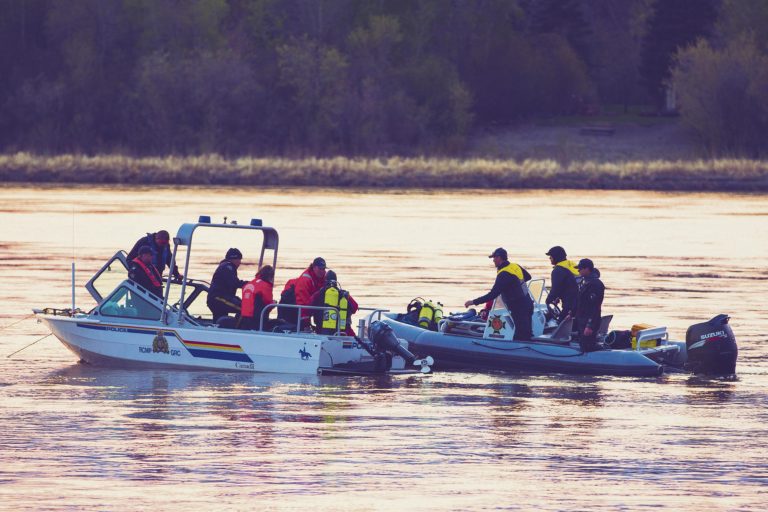Saskatchewan First Nations Suicide Prevention Strategy implores cooperation to reverse the trend of rising rates of youth deaths by suicide
A document ratified by the Federation of Sovereign Indigenous Nations (FSIN) criticizes inadequate provincial and federal responses to the northern suicide crisis and sets out nine action items to tackle the issue.
The Saskatchewan First Nations Suicide Prevention Strategy (SFNSPS) was ratified Thursday. It was created after a motion was approved at a previous meeting of the FSIN assembly of chiefs.
The strategy was reviewed by a peer review committee consisting of experts from the University of Toronto, University of Quebec in Montreal, McGill University, the University of Michigan and Johns Hopkins University.
The full document, which is over 100 pages long including the appendices, starts off with a single quote from a consultation event hosted in La Ronge in March.
“We have become experts in dealing with crises. Now we have to become experts in preventing crises from happening.”
That quote frames the entire document, and the strategy, as it looks for long-term, sustainable solutions to abnormally high suicide rates among First Nations youth and in northern Saskatchewan communities with predominantly-First Nations populations.
The strategy lays out the numbers, quantifying the severity of the situation. They are similar to numbers released in a discussion paper put out last November, however, the data has been updated with more complete results from the provincial coroner.
Strategy calls for political unity to combat suicide rates
The data shows the overall suicide rate amongst First Nations peoples is 4.3 times higher than the rest of the population. The gap is even greater among young people. The rate for First Nations women and girls aged 10-19 is 29.7 times higher than girls aged 10-19 of other ethnicities. Among men, aged 10-19, it’s 6.4 times higher.
Further, data from the Office of the Youth Advocate shows that 25 per cent of all First Nations deaths by suicide are teens, as opposed to a rate of six per cent among other ethnicities.
In total, for First Nations people, 62 per cent of all deaths by suicide are by persons under the age of 30, while just eight per cent were 50 and older. For the rest of the population, people under 30 made up only 19 per cent of all deaths by suicide, while those over the age of 50 accounted for 34 per cent.
The report also found that in the three former northern health regions (two have been combined into the new Saskatchewan Health Region), the suicide rate was 32.9 per 100,000 people, which is 31 times higher than in the other ten former health regions.
This trend is concerning, in part, because until about 50 years ago, First Nations peoples had relatively low rates of death by suicide.
“There is no reason why some First Nations must suffer from high rates of suicidal behaviour now or into the future, if we can effectively address the underlying issues,” the strategy reads.
“We know we cannot prevent all suicides. There is, however, compelling evidence that many more lives could be saved than are being saved today and … that people impacted by suicide can go on to live a good life.”
FSIN Vice-Chief David Pratt stressed the importance of the strategy in his written introduction included in the document.
“It is imperative to have implementation of the SFNSPS developed and delivered by First Nations and First Nations communities to be effective.,” he wrote.
“Youth are hurting but also have answers and solutions. We will support our youth and communities in their endeavours to reclaiming culture and traditions and to build strength-based approaches from a grassroots level.”
Pratt said First Nations need to be able to choose their method of healing, whether it be land-based, through healing lodges, elders, ceremonies, social workers, addictions counsellors or mental health therapists. He also wrote that change is necessary, because “what is offered now is not working.”
The authors of the strategy say the work ahead is now up to First Nations peoples, with support from their own governments, as well as from provincial and federal leaders.
What has been tried, it said, has not worked, despite governments knowing full well the severity of the situation. Researchers found documents from 1977 and 1979 that show the federal government was aware of rising suicide rates among First Nations youth. A document from 1979 shows that the federal government was aware that First Nations people in Saskatchewan had the highest suicide rate of First Nations people in the province.
The strategy authors came to a few conclusions.
“The rate of death by suicide by First Nations people in Saskatchewan today constitutes a public health crisis,” they wrote.
“We need more data about deaths by suicide by First Nations people in the province today. The failure of the federal and provincial governments to take actions commensurate with the high burden of suicide-related loss and suffering among Saskatchewan First Nations communities since at least the 1970s — which they were very well aware of — is a powerful example of systemic racism”
They also criticized actions taken to date by both the provincial and federal governments’ efforts to date.
“The province’s current mental health action plan … is clearly not meeting the needs of First Nations peoples,” the SFNSPS reads.
“The strategy is not the result of engagement with First Nations peoples. Instead, only a small group of First Nations people were consulted as it was being developed. Furthermore, sources within the government have told us the strategy has only been minimally implemented, and no evaluation has been released of whatever implementation has taken place to date.”
Properly funding a long-term solution, the SFNSPS says, will save money in the long run. They pointed to the federal experience as an example why.
“How many suicide-related medivacs take place each year?” they asked.
“What is the cost of a community shutting down for several days for collective grieving? What was the cost of the fly in response of government to the crisis in La Ronge, spending that left nothing behind in the community. Northern Saskatchewan may be an example of a situation where money spent on suicide prevention measures may pay for itself in lower costs to the public system, savings that could be reprofiled for investment elsewhere.”
The way forward
One of the complications, the strategy authors found, is that what drives a middle-aged adult to suicide and what drives a youth to suicide is often very different. Older adults, according to work done by other researchers, tend to turn to suicide during a major depressive episode, whereas in youth, a variety of factors, including adverse childhood experiences and drug use, contribute to deaths by suicide.
According to a study cited by the strategy authors, elevated levels of traumatic stress in many Indigenous households is a legacy of colonial disruption.
“Elevated rates of early childhood adversity are not the fault of First Nations People,” The strategy authors wrote.
“They are, in a large part, a result of colonialism. But they are very real, they have devastating impacts in our communities and they have to be addressed as a matter of the highest priorities.”
At the same time, protective factors can compensate for exposure to risk factors and can prevent suicidal behaviours. That includes social supports, having good coping skills and asking and being able to receive help.
The strategy authors looked at successful initiatives, such as a semester-long high school mental health curriculum developed for the high school at Beardy’s and Okemasis Cree Nation, as well as recommendations on suicide prevention from the World Health Organization (WHO).
The WHO recommends that suicide prevention strategies need to be community- and culturally-specific. Not a one-size-fits-all approach.
“We must be clear: substantial reduction in the rate of death by First Nations peoples in Saskatchewan will not occur without multifaceted, targeted suicide prevention measures and fundamental and profound improvements in social and economic conditions,” the strategy authors wrote.
Citing a pair of studies, they said that’s especially true in the province’s north.
“Northern Saskatchewan … is one of the most dispossessed, marginalized and oppressed parts of Canada, with the worst physical and mental health outcomes and by far the highest police-reported violent crime rate and crime security index in the country.”
Solving the problems, and moving forward with the strategy and its implementation, will take everyone working together.
“If we are to turn the suicide situation around,” everyone must do more and better — families, communities, the First Nations leadership, the public governments — everyone,” The strategy says.
“It is imperative That all three political leaderships — First Nations, federal and provincial — agree to place great emphasis on suicide prevention, and that additional resources are provided to the communities to allow for a multifaceted effort both to provide better services to people at risk today, and to tackle the developmental precursors of suicidal behaviour among children and youth.”

